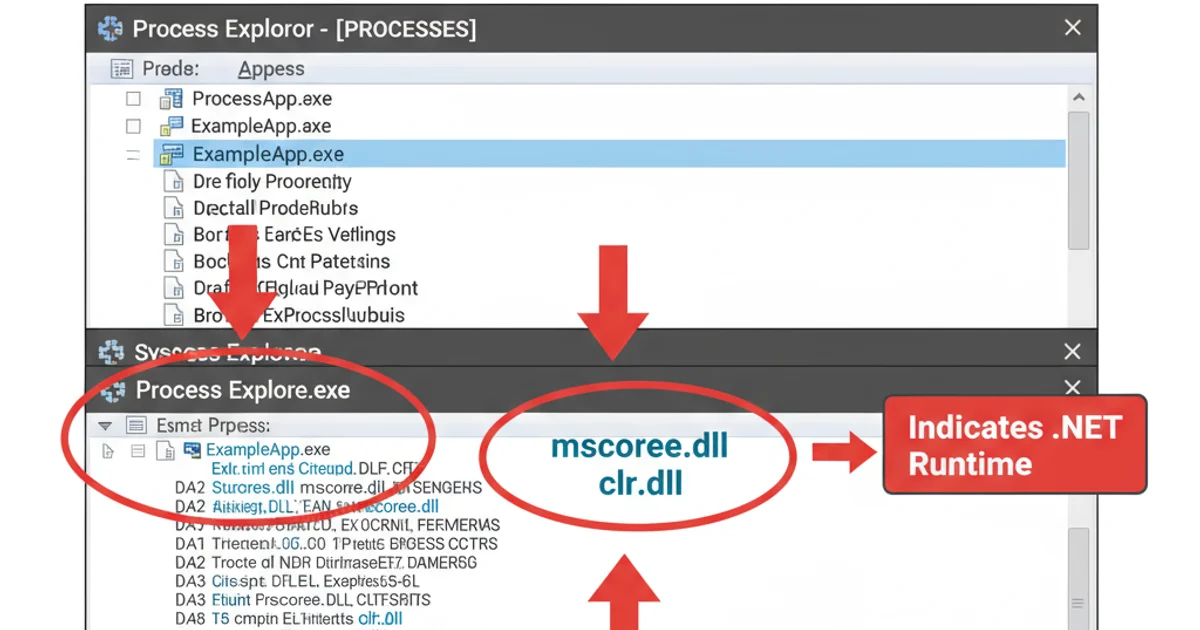Anything like dos2unix for Windows?
Categories:
Taming Newlines: Your Guide to dos2unix Equivalents on Windows

Discover how to convert newline characters (CRLF to LF) in files on Windows, mimicking the functionality of the popular Unix 'dos2unix' utility. This article covers built-in tools, third-party applications, and scripting solutions.
When working across different operating systems, especially between Windows and Unix-like environments (Linux, macOS), you often encounter issues related to newline characters. Windows typically uses a Carriage Return and Line Feed (CRLF, \r\n) combination to mark the end of a line, while Unix-like systems use only a Line Feed (LF, \n). This difference can lead to problems with scripts, version control systems, and text processing tools that expect a specific newline format. The dos2unix utility is a staple in Unix environments for converting CRLF to LF. But what if you're on Windows and need similar functionality?
Understanding Newline Characters
Before diving into solutions, it's crucial to understand the distinction. A 'newline' character signals the end of a line of text. Historically, typewriters needed two actions to start a new line: moving the carriage back to the left margin (Carriage Return) and advancing the paper one line (Line Feed).
- CRLF (Carriage Return + Line Feed):
\r\n(ASCII 13, ASCII 10). This is the standard newline sequence on Windows. - LF (Line Feed):
\n(ASCII 10). This is the standard newline sequence on Unix, Linux, and macOS.
When a Unix-based tool encounters a file with CRLF newlines, it might interpret the \r as an extra character, leading to syntax errors in scripts or unexpected behavior in text editors. Conversely, a Windows tool might display LF-only files as one long line or with incorrect line breaks.
flowchart TD
A[File Creation] --> B{Operating System?}
B -- Windows --> C[CRLF Newlines (\r\n)]
B -- Unix/Linux/macOS --> D[LF Newlines (\n)]
C --> E{Cross-OS Usage?}
D --> E
E -- Yes --> F[Newline Conversion Needed]
E -- No --> G[No Conversion Needed]
F --> H[dos2unix (Unix) / Windows Equivalents]Flowchart illustrating newline character handling across operating systems.
Built-in Windows Tools and Command Line
While Windows doesn't have a direct dos2unix command, you can achieve similar results using PowerShell, Notepad++, or even some creative command-line tricks. For simple, one-off conversions, these methods are often sufficient.
(Get-Content -Path 'your_file.txt' -Raw) -replace '\r\n', '\n' | Set-Content -Path 'your_file.txt' -NoNewline
PowerShell command to convert CRLF to LF in a file.
-Raw parameter in Get-Content reads the entire file as a single string, which is crucial for replace to work correctly across newlines. The -NoNewline parameter in Set-Content prevents PowerShell from adding an extra newline at the end of the file.Third-Party Tools and Editors
For more robust or frequent conversions, several third-party tools and text editors offer built-in functionality to handle newline conversions. These are often more user-friendly for non-developers or for batch operations.

Notepad++ offers easy EOL (End Of Line) conversion options.
Notepad++
Notepad++ is a popular free source code editor that runs on Windows. It has excellent support for different EOL formats:
- Open your file in Notepad++.
- Go to
Edit>EOL Conversion. - Select
Unix (LF)to convert CRLF to LF.
Git for Windows
If you have Git for Windows installed, you already have dos2unix and unix2dos utilities available in your Git Bash terminal. These are the most direct equivalents.
- Open Git Bash.
- Navigate to the directory containing your file.
- Run
dos2unix your_file.txt.
# Using dos2unix from Git Bash
dos2unix my_script.sh
# To convert back (LF to CRLF)
unix2dos my_script.sh
Using dos2unix and unix2dos from Git Bash.
Scripting Solutions (Python)
For automated workflows or when you need to integrate newline conversion into a larger script, Python provides a powerful and cross-platform solution. Python's file handling can automatically manage newline characters, or you can explicitly control them.
import os
def convert_crlf_to_lf(filepath):
try:
with open(filepath, 'r', newline='') as infile:
content = infile.read()
# Replace CRLF with LF
converted_content = content.replace('\r\n', '\n')
with open(filepath, 'w', newline='') as outfile:
outfile.write(converted_content)
print(f"Successfully converted '{filepath}' to LF newlines.")
except Exception as e:
print(f"Error converting '{filepath}': {e}")
# Example usage:
file_to_convert = 'example.txt'
# Create a dummy file with CRLF for testing
with open(file_to_convert, 'w', newline='\r\n') as f:
f.write('Line 1\nLine 2\nLine 3')
convert_crlf_to_lf(file_to_convert)
# Verify (optional)
with open(file_to_convert, 'rb') as f:
print(f"File content (raw bytes): {f.read()}")
Python script to convert CRLF to LF in a file.
open() function, newline='' is crucial. When reading, it prevents universal newline mode from translating newlines. When writing, it prevents Python from automatically converting \n to the platform's default newline, allowing explicit control over \n and \r\n.By using these methods, you can effectively manage newline character differences on Windows, ensuring compatibility and smooth operation across diverse computing environments.